MONGOLIAN CULTURE
2024-09-12
"CULTURE" A magnificent phenomenon that has been created for several thousand years by the mankind is a culture and its variety.
HORSE-HEAD FIDDLE
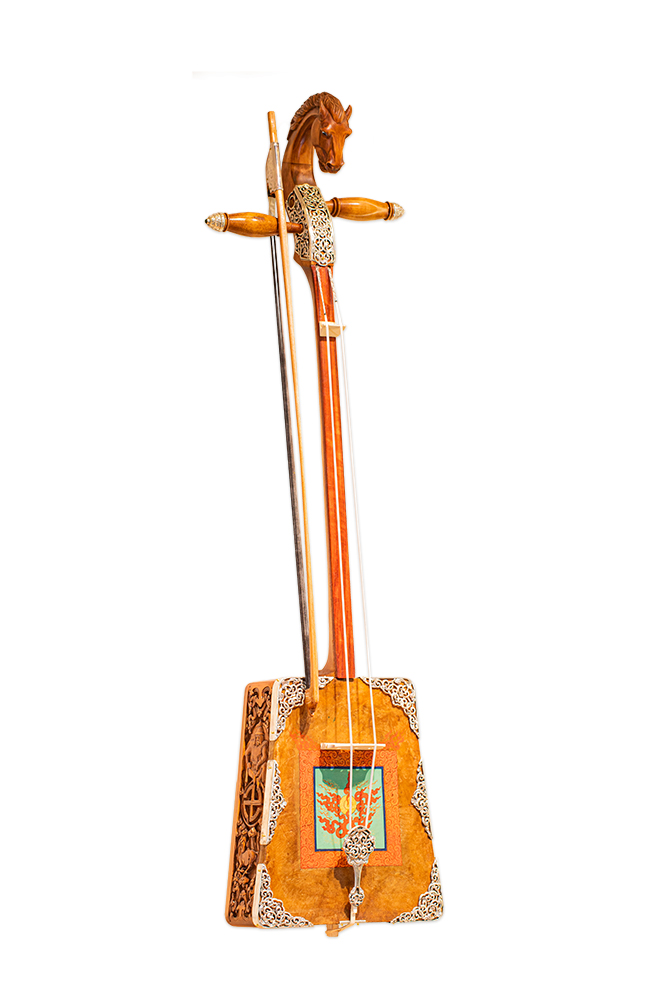 Mongolians created a musical instrument for the horse that has preferred much more than others. Stringed instruments, Buriat-round dancing, penny-trumpet, bamboo fiddle, and horse-head fiddle are Mongolia's very ancient musical instruments.
Mongolians created a musical instrument for the horse that has preferred much more than others. Stringed instruments, Buriat-round dancing, penny-trumpet, bamboo fiddle, and horse-head fiddle are Mongolia's very ancient musical instruments.
For the first time, the horse-head fiddle had created during ancient Khunnu. Because a horse's head decorates where is in the highest part of the instrument, it has named the horse-head fiddle. The horse-head fiddle has an inseparable valuable connection with the Mongolian horse and Mongolians. Every Mongolian family has preferred to be available of the horse-head fiddle in their homes, and they have respected them wearing khadag and placed towards their hearthside. The horse-head fiddle is a symbol of peace and prosperity.
МFirstly, the learner should acquire the ambling of the ambler who is mastering the horse-head fiddle. The Mongolian horse is proud of the Mongolian troops, and it has been a main support for solidarity.
The Great Chinggis Khaan constituted a cavalry army with two hundred thousand men and accompanied by 400,000-800,000 horses. Some historians argue that's why a core force of the Mongolian army is the horse and the Great Chinggis Khaan emerged as the force.
Nowadays, professional musicians more than individuals are in the majority playing the horse-head fiddle. Since the 1940s, musicians have performed the Mongolian traditional melody and the worldwide classical melodies and enchanted their self-skills. In 1992, The horse-head fiddle ensemble was established in Mongolia and has employed in the participation of over 30 men.
In 2002, The President of Mongolia ordered to popularize as having worshipped the horse-head fiddle, and since that time, each Mongolian family and corporates have respected the musical instrument. The horse-head fiddle had registered in the World Cultural Heritage, UNESCO in 2003.
MONGOLIAN FOLK DANCE
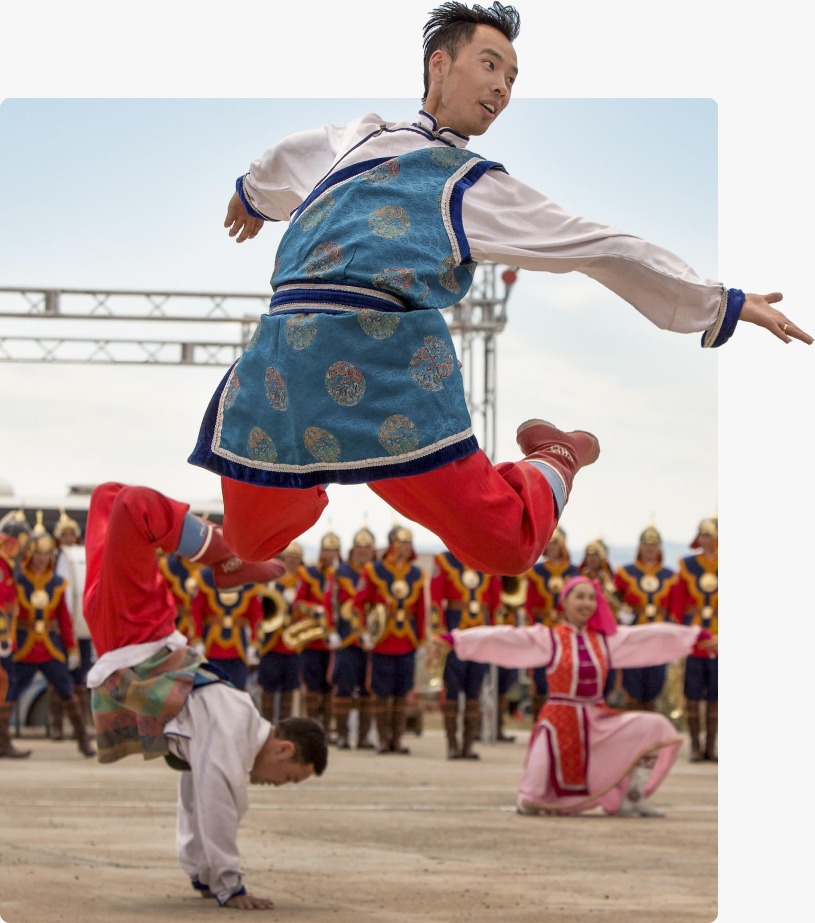 A tradition of the folk dance - biyelgee is an interpretation of the Mongolian happiness, life or warfare, existence, and custom even is a unique variety of the national traditional dance inherited from ancient times to the present has inherited among Western Mongolians or multiple ethnic groups of Oirad.
A tradition of the folk dance - biyelgee is an interpretation of the Mongolian happiness, life or warfare, existence, and custom even is a unique variety of the national traditional dance inherited from ancient times to the present has inherited among Western Mongolians or multiple ethnic groups of Oirad.
As to the derivation, some scholars consider that the horse-head fiddle was emerged during the nomads' emergence, and the Mongolian national dwell named ger. Soronzonbold. S, Music Researcher, Scientist, and State-Honored concluded that During Khunnu, the folk dance - biyelgee had probably emerged in a research paper on music during Khunnu. There was written on the folk dance in the Mongolian Secret History as Mongolians celebrated rounding trees with dense leaves and dancing in the shape of a round as having become grassless and be too bare the grass.
The folk dance - biyelgee has been included in a category of A rare or unique heritage of the Mongolian cultural intangibles and declared as being registered in the Cultural Tangible Heritage for immediate protection from UNESCO in 2009.
For the performance of the folk dance - biyelgee, a content of the Mongolian people's works, custom, typology, and living are demonstrated by the Folk Dancer - Biyelgee's emotion and its dainty dignity. However, varieties of the folk dance - biyelgee of the Western Mongolian Uriankhai, Torguud, Durved, Bayad, Zakhchin, Kazakh, Khoton, and Myangad are similar to each other and a universal typology of the existence as well as each movement has included idiosyncrasy, remained different dignity or image, and the valueness.
MONGOLIAN PEOPLE’S DRAWLING SONG
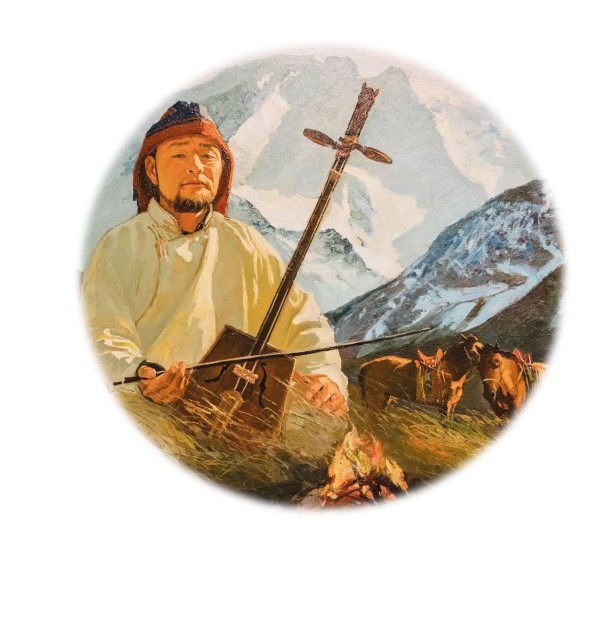 A fascination with the Mongolian people's drawling song is a unique feature. Some researchers argue that a territory of the Mongolian wide steppe influenced a range of the Mongolian people's voices, and it can be a derivative melody from the nomads' daily life. A chorus of the drawling song is inclusive in the content of the people's living derivation, and the author of the word/melody is anonymous
A fascination with the Mongolian people's drawling song is a unique feature. Some researchers argue that a territory of the Mongolian wide steppe influenced a range of the Mongolian people's voices, and it can be a derivative melody from the nomads' daily life. A chorus of the drawling song is inclusive in the content of the people's living derivation, and the author of the word/melody is anonymous
Due to having passed many hundred years and performed up to the present time, it named drawling song. Although there have interpreted as It is a fundamental element of traditional musical arts in Mongolia and due to the idiosyncrasy related to each syllable for the rhyme's lyrics must be to make longer developing deviation or rhythm and having sung as extending the syrinx in place of the song's length in the international glossary. There was emphasized that in some cases: A song, consisting of four minutes in length may be included about ten words depending on the idiosyncrasy.
he value or content of the drawling song is different, and it has themed under philosophy, religion, love, and celebration. Too many frequencies of words related to the horse and symbolized word have directly correlated with a specific feature of the Mongolian nationality's existence. Being sung a drawling song of the central Khalkh, its melody should be performed by the horse-head fiddle and in some cases, it can be combined with the flute. Hence, the singer can independently sing by extending the syrinx instead of the western Mongolians using any musical instruments, and a minority of them sing by performing the melody with the ikhel fiddle.
The lyrics of the Mongolian people's drawling song demonstrate the philosophy, entirely. The phrase has included in a doctrine approached to the next generation as follows: Well, non-acquired knowledge when is at young and watchful age Re-studying is very difficult when deteriorating, you. A drawling song has completely perfected for the historical long term in the manner or content, and it is the unified complex of verbal arts and musical arts.
In 2005, the drawling song was registered in the world cultural heritage, supporting the best arts creation by UNESCO. Today, the drawling song is a marvelous cultural heritage, developing more and more even universally acknowledged as a worldwide art.
THROAT SINGING
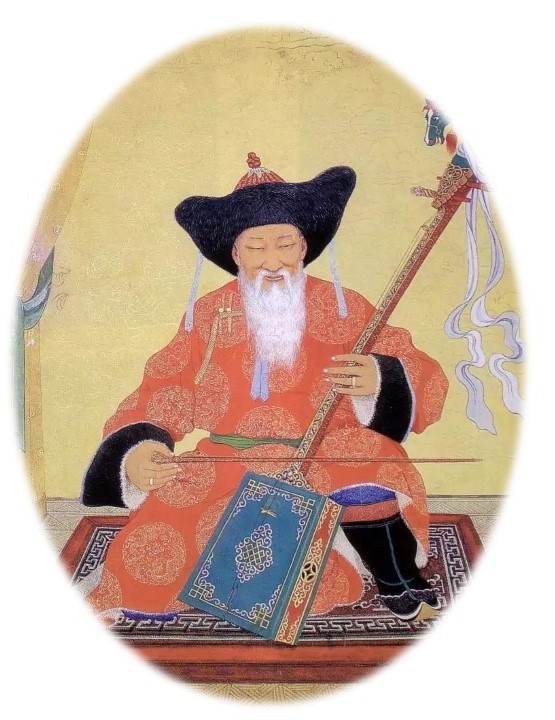
Throat singing is an art, having emerged as results of the people's music and the poem sensation, and the extraordinary skill of singing with the larynx. The people who inspired by the enthusiasm and strength of the universe had not imitated the natural sound, hence, they have created this marvelous art penetrating the essence.
Mongolian throat singing is one genre of a song or music arts. Hence, throat singing has derived from ancient times, its chronology hasn't specified up to the present time. People explain a terminology named throat singing, variously. Some of them named the throat singing may be demonstrated as sound imitation art. Throat singing is a variety of arts in the focus of the researchers' attraction.
Throat singing is a variety of arts in the focus of the researchers' attraction. During the throat singing derivation, a custom for worshipping nature and the universe by the Mongolian nation has influenced. That's why throat singing is an inseparable part of the Mongolian nation's celebration or festival, being tradition, custom, and precept.
Mongolian throat singers have been focused on the worldwide researchers by their singing skills and almost all of the people in Chandmani soum, Khovd province.
MONGOLIAN NATIONAL – GER
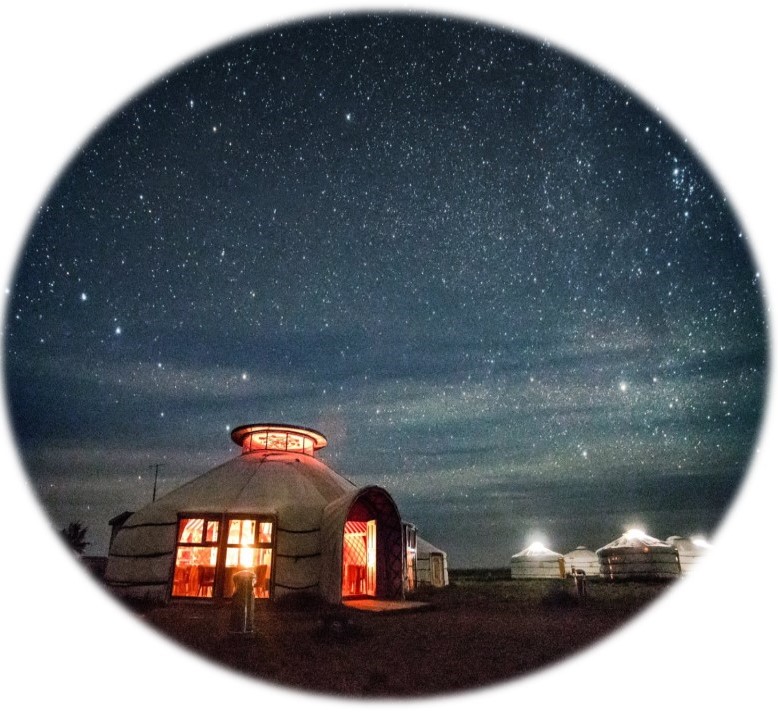
As to the structure and the design, a well-adapted dwell - ger for living in a nomadic manner is very interesting. Particularly, the Mongolian dwell - ger has been on the nomination of the multiple complete identifications such as easy movement, portable, being easy for building, utilizing for long-term, with architecturally extraordinary solution, cool able off in the hot condition, warm able in the cold, and very good at air circulating.
The Mongolians' dwell - ger has been a very ancient tradition and become a historical heritage through multiple stages of development and evolution up to the present day. The Mongolian dwell - ger has been updated, consisting of today's general typology from about 3,000 years even is still the main usage for nomadic people's life.
During the XIII century, several varieties of the dwell-ger had used. Specifically, there was named the cart dwell-ger it had an opening upper frame like the collar, movable on the cart for building and called the biggest dwell-ger or castle that is receivable foreign and domestic messengers, organized a meeting named great khuraldai, and including several hundred people. The dwell-ger is called gerluge which has been accompanied by lords or aristocrats for warfare and was in usage of war. The dwell-ger is named the grass dwell-ger that has built with the help of sharpening brushwoods, socketing to each other, and spreading the walls with the grass as well as the dwell-ger named khoshlig ger was in the shape of a wigwam.
Besides, the Mongolian emperor's dwell-ger had been movable building on the cart inspanned many decades of the ox during the XIII century. Except for the great carts, smaller carts in which had inspanned four or eight oxen were a very abundant. In the tourists' records during the dark age highlighted that The movement of the Mongolians' dwell-ger was a very impressive just like the great metropolitan movement.
Hence, since the XVI century, it has transformed into the shape of the current Mongolian ger and the size of the dwell-ger was depending on the ranking or the amount of capital. The ordinary herders' dwell-ger was consisting of 4-5 walls, lords' dwell-ger is often with 6-8 walls, and the dwell-ger for the administration office of the provinces or khoshuus is with 10-12 walls. The rich families were using a smoke hole, protective from snow, rain, wind, and storm over the dwell-ger and ornamenting the roofing felt with red or dark-blue decorative frontal stripes. The red decorative frontal strip symbolized happiness, the dark-blue one symbolized the sky, and there reflected qualitative things for worshipping with various patterns for the dwell-ger decorations in connection with the Lamaism development. At that time, the poor men's dwell-ger has named the chest, the skullcap, and the stick. The chest - ger has been named the dwell-ger consisting of only frames such as poles and the opening upper frame and the stick - ger was with a pointed top, consisted of four parts. The skullcap - ger is called in which the poles have been built a continuation as purposely making curved brushwoods.
That's why the heavy weight of the Mongolian dwell-ger is 250-270 kgs, it is a light/portable dwell, movable loading on the camel or yak, building-able by two or three men in a few hours, and suitable for moving. Mongolians have an ancient custom which has hospitalized with the milk tea or dairy products for the people in the process of moving, and they used to help or encounter an acquaintance or stranger while he is building the dwell-ger.

